here I have plotted an ecg signal in time-domain and frequency-domain with fft():
time-domain
but as you can see, the x-axis of both images are still in samples.
I have searched some references how to convert samples into time (s) and frequency (Hz), but it fails, not only the x-axis changes but also the plot shape.
Can you help me to solve this problem? Thank you.

